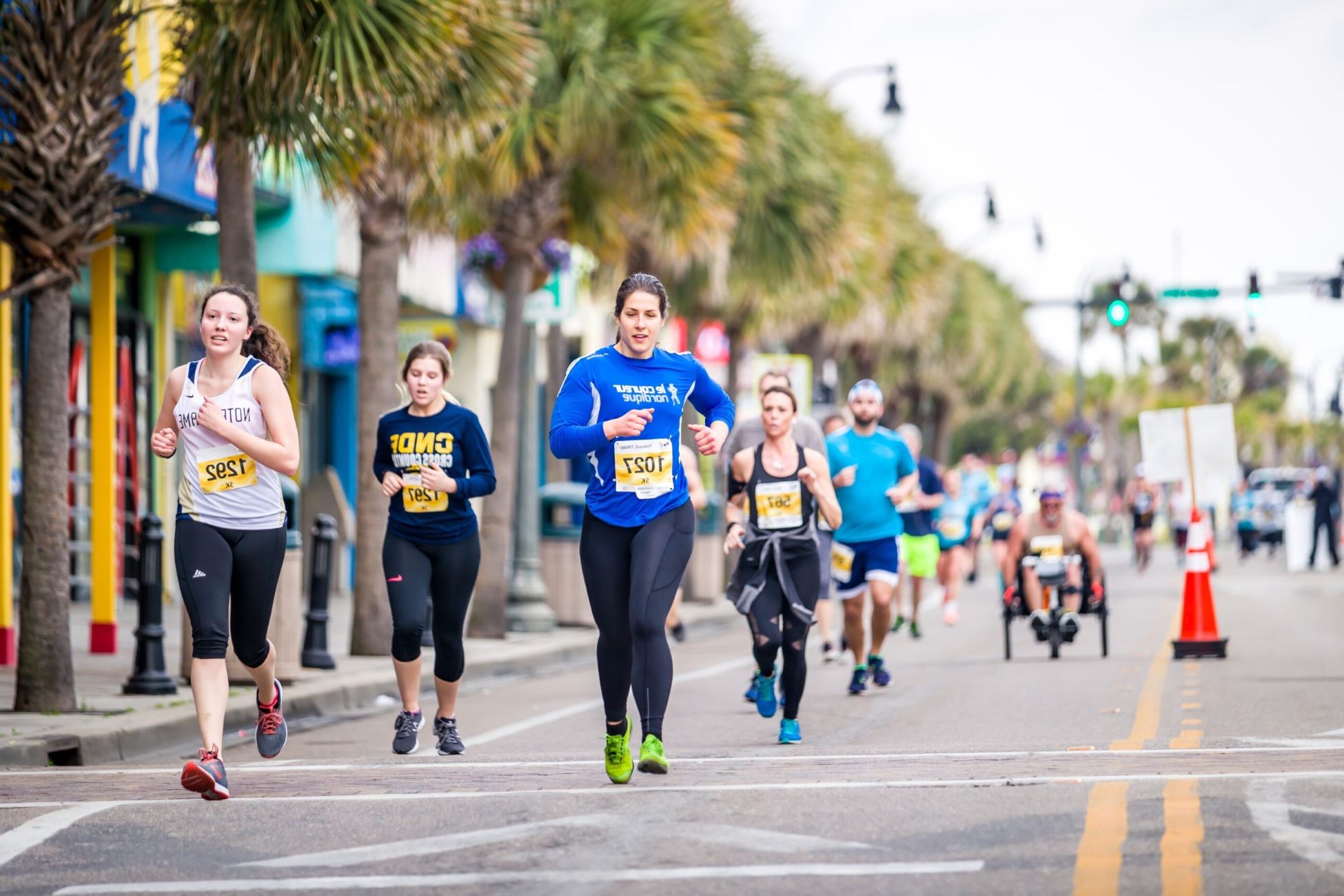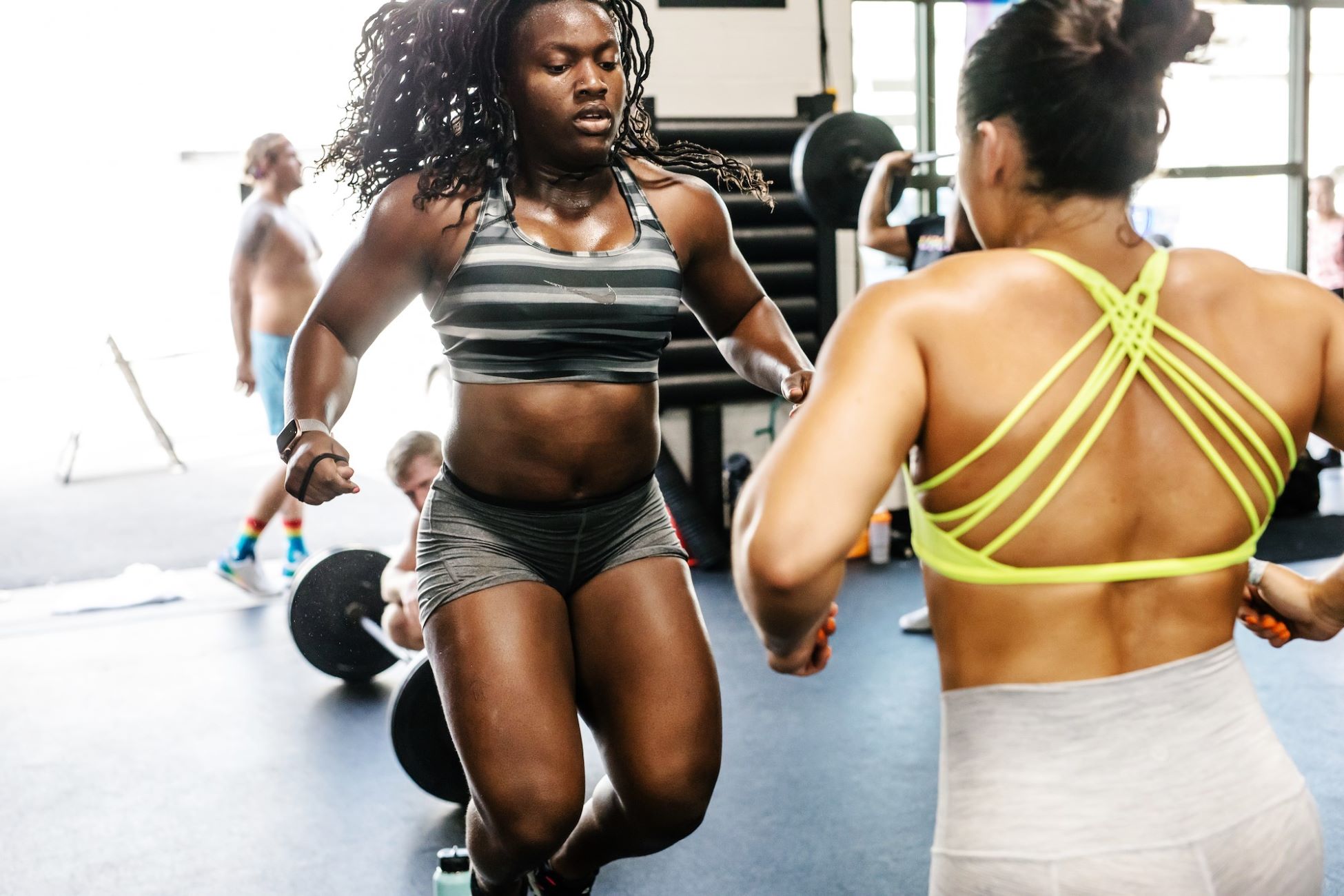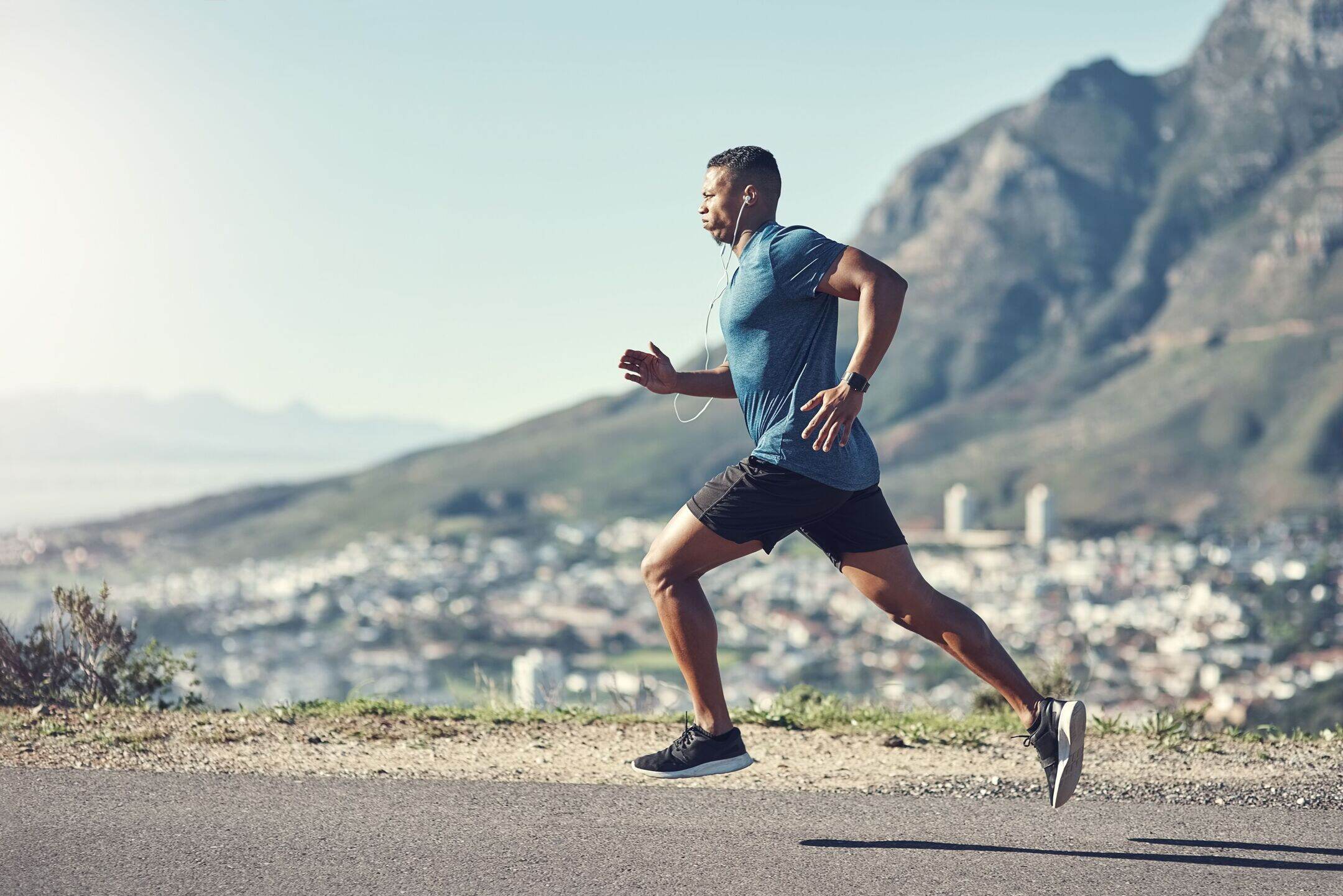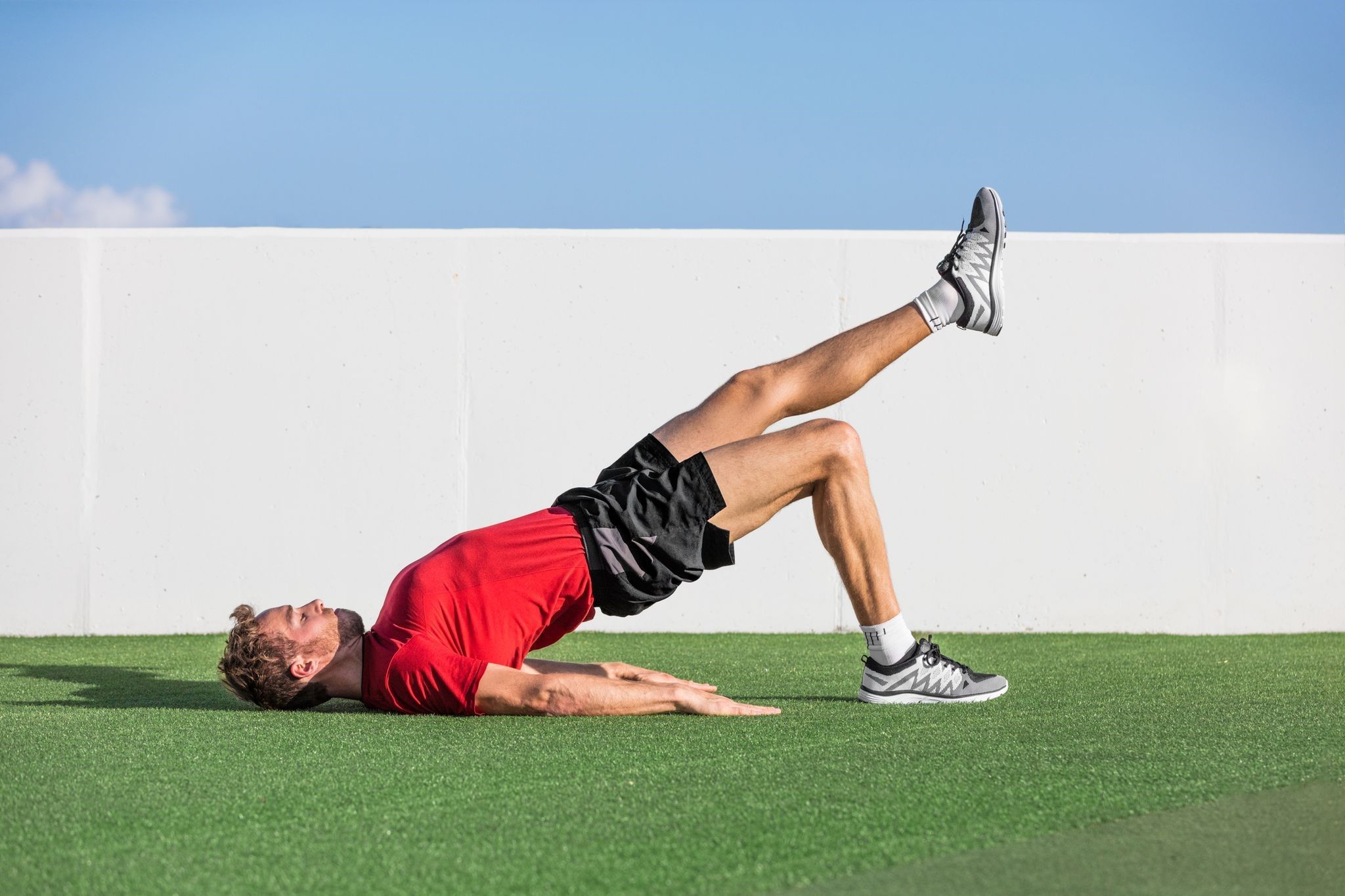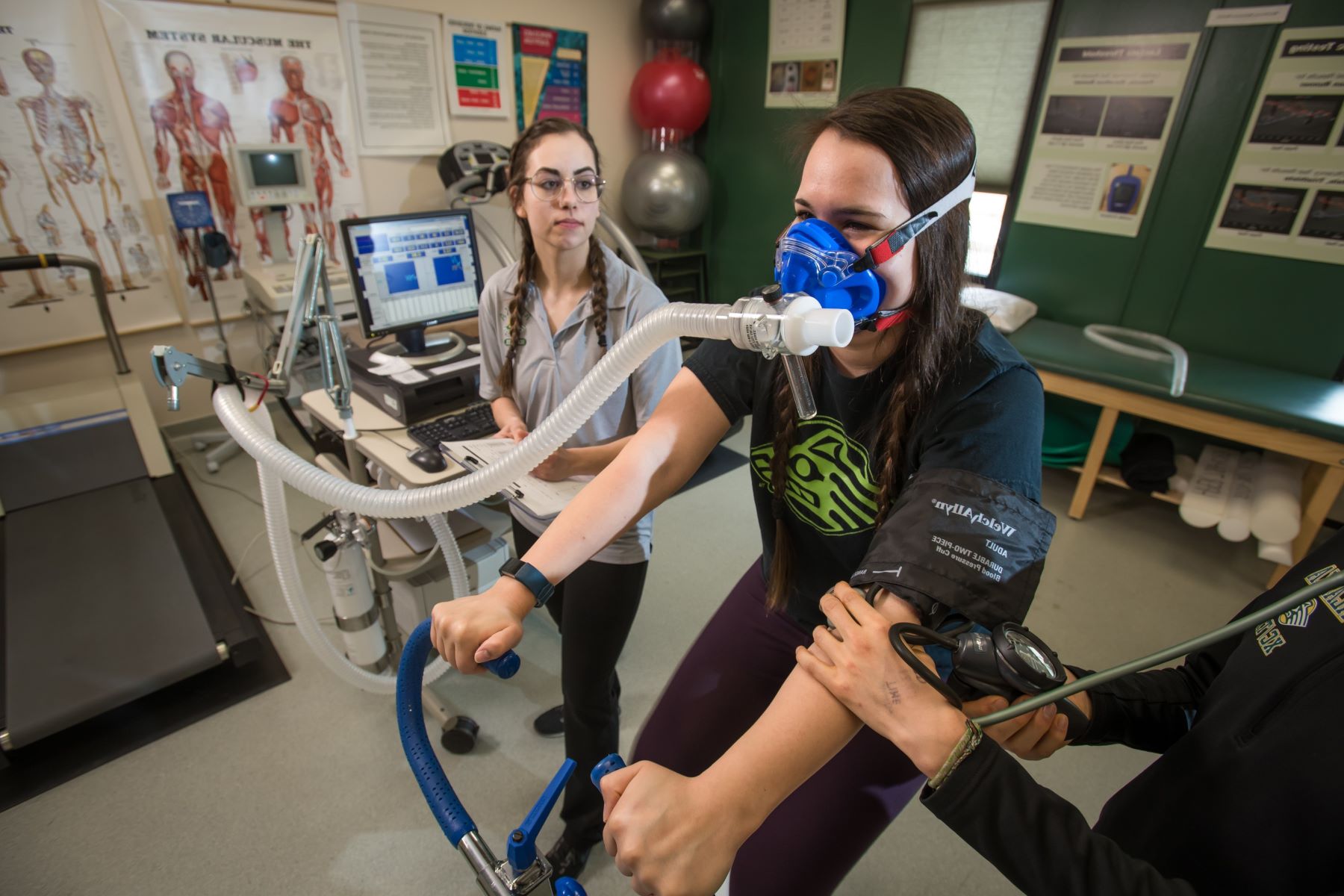Home>Training & Techniques>Understanding Dorsiflexion: How It Enhances Running Performance
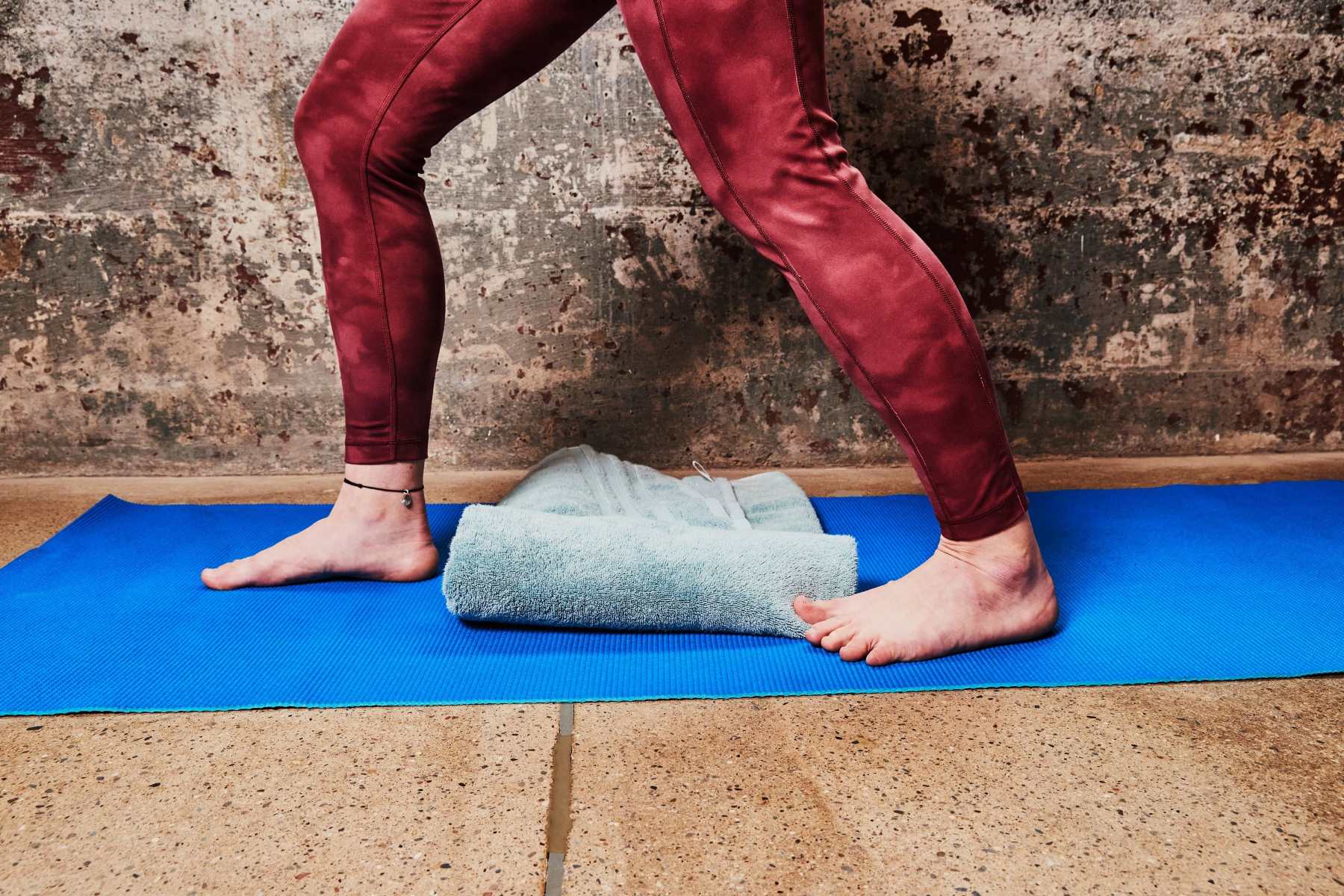

Training & Techniques
Understanding Dorsiflexion: How It Enhances Running Performance
Published: March 4, 2024
Learn the importance of dorsiflexion in running performance and discover effective training techniques to enhance your running abilities. Explore the benefits of dorsiflexion for runners.
(Many of the links in this article redirect to a specific reviewed product. Your purchase of these products through affiliate links helps to generate commission for Therunningadvisor.com, at no extra cost. Learn more)
Table of Contents
The Importance of Dorsiflexion in Running
Dorsiflexion, the action of bringing the foot towards the shin, plays a crucial role in running performance. It is a key component of the running gait cycle and is essential for maintaining proper form and maximizing efficiency. Understanding the significance of dorsiflexion can provide valuable insights into how it impacts overall running performance.
-
Stability and Balance: Dorsiflexion is vital for maintaining stability and balance while running. When the foot is dorsiflexed, it creates a stable platform for the body to push off from during each stride. This stability is essential for preventing excessive pronation or supination, which can lead to inefficient movement patterns and increased risk of injury.
-
Optimal Foot Strike: Proper dorsiflexion ensures an optimal foot strike, allowing the foot to land with the desired midfoot or forefoot strike pattern. This promotes a more efficient transfer of energy and reduces the impact on the lower extremities, ultimately enhancing running economy.
-
Ankle Mobility: Dorsiflexion is closely linked to ankle mobility, which is essential for a full range of motion during the running gait cycle. Adequate dorsiflexion allows the ankle joint to move freely, facilitating a smooth transition from the stance phase to the swing phase of running.
-
Propulsion and Speed: Dorsiflexion contributes to the generation of propulsion and speed during running. By achieving optimal dorsiflexion, runners can effectively engage the muscles of the lower leg, particularly the calf muscles, to push off the ground with greater force, leading to improved forward momentum.
-
Injury Prevention: Insufficient dorsiflexion can lead to compensatory movement patterns, placing excessive stress on other structures such as the Achilles tendon, calf muscles, and plantar fascia. By prioritizing dorsiflexion, runners can mitigate the risk of overuse injuries and maintain a more sustainable running practice.
In summary, dorsiflexion is a fundamental aspect of running mechanics, influencing stability, foot strike, ankle mobility, propulsion, and injury prevention. Recognizing the importance of dorsiflexion empowers runners to focus on enhancing this key element of their stride, ultimately leading to improved performance and reduced risk of injury.
How Dorsiflexion Affects Running Performance
Dorsiflexion, the upward movement of the foot towards the shin, significantly influences running performance in several key ways:
-
Stride Length and Efficiency: Dorsiflexion directly impacts the length of each stride and the overall efficiency of the running gait cycle. When the foot is dorsiflexed during the swing phase, it allows for a more extended reach forward, resulting in a longer stride length. This increased range of motion optimizes the propulsion phase, enabling runners to cover more ground with each step while expending less energy.
-
Foot Strike and Shock Absorption: Proper dorsiflexion facilitates an optimal foot strike, promoting a midfoot or forefoot landing rather than a heel strike. This type of foot strike pattern enhances shock absorption, reducing the impact forces transmitted through the lower extremities. As a result, runners experience less strain on the joints and muscles, leading to improved comfort and reduced risk of overuse injuries.
-
Muscular Engagement and Power Generation: Dorsiflexion plays a pivotal role in engaging the muscles of the lower leg, particularly the tibialis anterior and the calf muscles. These muscles are essential for generating power during the push-off phase of running. By achieving adequate dorsiflexion, runners can effectively activate these muscles, leading to a more forceful propulsion off the ground and increased forward momentum.
-
Running Economy and Speed: Optimal dorsiflexion contributes to enhanced running economy, which refers to the energy cost of maintaining a specific running velocity. When dorsiflexion is prioritized, runners can achieve a more fluid and efficient stride, minimizing energy wastage and maximizing forward propulsion. This improved running economy translates to greater speed and endurance, allowing runners to sustain higher velocities for longer durations.
-
Biomechanical Alignment and Injury Prevention: Dorsiflexion influences the overall biomechanical alignment of the lower extremities during the running gait cycle. By maintaining proper dorsiflexion, runners can mitigate excessive pronation or supination, ensuring that the foot, ankle, and lower leg are aligned in a manner that minimizes stress on the supporting structures. This alignment reduces the risk of common running-related injuries such as shin splints, plantar fasciitis, and Achilles tendonitis.
In essence, dorsiflexion profoundly impacts running performance by optimizing stride length, promoting a favorable foot strike pattern, engaging key muscles for power generation, enhancing running economy, and reducing the risk of biomechanical imbalances and injuries. Recognizing the multifaceted influence of dorsiflexion empowers runners to prioritize this fundamental aspect of their running mechanics, ultimately leading to improved performance and a more sustainable running practice.
Exercises to Improve Dorsiflexion for Runners
Enhancing dorsiflexion is essential for runners looking to optimize their performance and reduce the risk of lower limb injuries. Incorporating specific exercises to improve dorsiflexion can effectively target the muscles and joints involved in this critical movement, ultimately leading to greater running efficiency and resilience. Here are several targeted exercises that can help runners improve dorsiflexion:
-
Ankle Dorsiflexion Stretch: This simple yet effective stretch involves sitting on the floor with legs extended and using a towel or resistance band to pull the foot towards the body, creating a dorsiflexion stretch. Holding this position for 30 seconds to a minute can help improve ankle flexibility and range of motion.
-
Calf Raises: Performing calf raises on a step or elevated surface can strengthen the calf muscles and improve ankle dorsiflexion. By lifting the heels and then slowly lowering them below the level of the step, runners can effectively engage the muscles involved in dorsiflexion, promoting greater mobility and strength.
-
Toe Tapping: While seated, runners can practice toe tapping exercises by lifting the toes towards the shin and then tapping them on the ground. This movement targets the tibialis anterior muscle, which plays a crucial role in dorsiflexion, helping to improve its strength and flexibility.
-
Resistance Band Exercises: Utilizing resistance bands to perform dorsiflexion exercises can provide targeted resistance to the muscles involved in this movement. Securing the band around the foot and then flexing the foot against the resistance can effectively strengthen the dorsiflexor muscles.
-
Incorporating Barefoot Exercises: Engaging in barefoot activities such as walking or performing light jogging on soft surfaces can help improve dorsiflexion by allowing the foot and ankle to move more freely. This can enhance proprioception and strengthen the muscles responsible for dorsiflexion.
-
Dynamic Ankle Mobility Drills: Implementing dynamic ankle mobility drills, such as ankle circles, alphabet drills, and ankle dorsiflexion with knee flexion, can help improve overall ankle mobility and dorsiflexion range of motion.
By integrating these exercises into their training regimen, runners can effectively target the muscles and joints involved in dorsiflexion, leading to improved running mechanics and reduced risk of injury. Consistency and gradual progression are key when incorporating these exercises, allowing for steady improvements in dorsiflexion and overall running performance.
Common Issues with Dorsiflexion and How to Address Them
In the realm of running, dorsiflexion plays a pivotal role in optimizing performance and minimizing the risk of lower limb injuries. However, several common issues related to dorsiflexion can impede a runner's progress and lead to biomechanical imbalances. Understanding these issues and implementing targeted strategies to address them is essential for maintaining optimal running mechanics and overall well-being.
Insufficient Ankle Mobility
One prevalent issue associated with dorsiflexion is insufficient ankle mobility, which can restrict the range of motion during the running gait cycle. This limitation often stems from tightness in the calf muscles and Achilles tendon, hindering the foot's ability to achieve adequate dorsiflexion. To address this issue, runners can incorporate regular stretching and mobility exercises targeting the calf muscles and Achilles tendon. Additionally, utilizing foam rolling and self-myofascial release techniques can help alleviate tightness and improve ankle mobility, allowing for more effective dorsiflexion during running.
Weak Dorsiflexor Muscles
Weakness in the dorsiflexor muscles, particularly the tibialis anterior, can contribute to compromised dorsiflexion and hinder the foot's ability to achieve the desired upward movement. Strengthening these muscles through targeted exercises such as resistance band dorsiflexion, toe tapping, and calf raises can help address this issue. By progressively increasing the resistance and volume of these exercises, runners can enhance the strength and endurance of the dorsiflexor muscles, leading to improved dorsiflexion capacity during running.
Biomechanical Imbalances
Biomechanical imbalances, such as excessive pronation or supination, can significantly impact dorsiflexion and lead to inefficient movement patterns. These imbalances often result from structural irregularities in the foot or weaknesses in the surrounding musculature. Addressing biomechanical imbalances requires a multifaceted approach, including the use of supportive footwear, orthotic inserts, and targeted strengthening exercises to stabilize the foot and ankle. Additionally, consulting with a physical therapist or podiatrist can provide valuable insights into addressing specific biomechanical issues and optimizing dorsiflexion.
Overuse Injuries
Insufficient dorsiflexion can contribute to overuse injuries such as Achilles tendonitis, plantar fasciitis, and shin splints. These injuries often arise from repetitive stress and strain on the lower limb structures due to inadequate dorsiflexion mechanics. To mitigate the risk of overuse injuries, runners should prioritize gradual increases in training intensity, incorporate regular rest and recovery periods, and seek professional guidance to address any underlying biomechanical issues contributing to the injuries.
By recognizing and addressing these common issues related to dorsiflexion, runners can proactively enhance their running mechanics, reduce the risk of injuries, and optimize their overall performance. Implementing targeted strategies to improve ankle mobility, strengthen dorsiflexor muscles, address biomechanical imbalances, and prevent overuse injuries can lead to a more sustainable and enjoyable running experience.
Incorporating Dorsiflexion Training into Your Running Routine
Incorporating dorsiflexion training into your running routine is a strategic approach to enhancing running performance and reducing the risk of lower limb injuries. By integrating specific exercises and mindful practices focused on improving dorsiflexion, runners can optimize their biomechanics and stride efficiency, ultimately leading to a more sustainable and rewarding running experience.
Mindful Focus on Foot Placement
One fundamental aspect of incorporating dorsiflexion training into your running routine involves maintaining a mindful focus on foot placement and stride mechanics. By consciously engaging the dorsiflexor muscles to achieve optimal foot positioning during each stride, runners can promote a more efficient and biomechanically sound running gait. This heightened awareness of dorsiflexion encourages a smoother transition from the stance phase to the swing phase, facilitating a more powerful push-off and improved forward propulsion.
Dynamic Warm-Up and Cool-Down Routines
Integrating dynamic warm-up and cool-down routines that specifically target dorsiflexion can significantly contribute to improved running mechanics. Prior to a run, engaging in dynamic ankle mobility drills, calf stretches, and toe tapping exercises can prepare the dorsiflexor muscles for the demands of running, enhancing their flexibility and range of motion. Similarly, incorporating post-run stretching and mobility exercises focused on dorsiflexion can aid in reducing muscle tightness and promoting recovery, ultimately supporting long-term improvements in dorsiflexion capacity.
Gradual Integration of Dorsiflexion-Specific Drills
Incorporating dorsiflexion-specific drills into regular training sessions allows runners to systematically enhance their dorsiflexion capabilities. This can include dedicated sessions for calf raises, resistance band dorsiflexion exercises, and ankle mobility drills. By gradually increasing the intensity and volume of these drills over time, runners can effectively strengthen the dorsiflexor muscles and improve ankle mobility, leading to more pronounced dorsiflexion during running.
Footwear and Terrain Considerations
Selecting appropriate footwear and varying running terrain can also contribute to dorsiflexion training within a running routine. Choosing running shoes that provide adequate support and flexibility for the foot and ankle can optimize dorsiflexion mechanics. Additionally, incorporating occasional barefoot running on soft, even surfaces can promote natural foot movement and enhance dorsiflexion capacity, contributing to overall running efficiency.
Consistency and Progression
Consistency and gradual progression are key principles when integrating dorsiflexion training into a running routine. By consistently incorporating dorsiflexion-focused exercises and mindful practices into each training session, runners can cultivate improved dorsiflexion mechanics over time. Additionally, gradually progressing the intensity and duration of dorsiflexion training allows for sustainable improvements while minimizing the risk of overuse injuries.
In summary, incorporating dorsiflexion training into your running routine involves a holistic approach that encompasses mindful foot placement, dynamic warm-up and cool-down routines, targeted drills, footwear considerations, and a commitment to consistency and progression. By prioritizing dorsiflexion within the running routine, runners can optimize their biomechanics, reduce the risk of injuries, and ultimately enhance their overall running performance.

